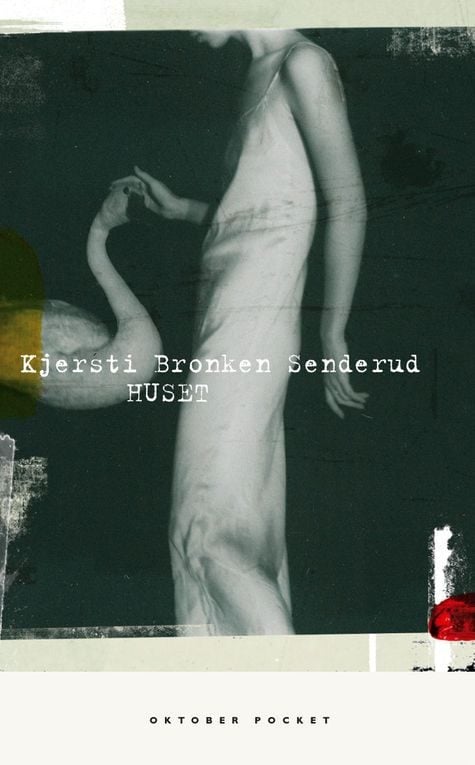The House
Mia is 23 years old and lives in an old sailor’s home. The summer is hot and heavy with rain; Mia is drifting through the days without really taking part in what happens around her. In the house she meets a number of people who are on the side of society, like the former diver…
Mia is 23 years old and lives in an old sailor’s home. The summer is hot and heavy with rain; Mia is drifting through the days without really taking part in what happens around her. In the house she meets a number of people who are on the side of society, like the former diver Peter.
Through strong impressions, senses and associations, different times and stories are woven together during Mia’s stay at the house. People, past and present are existing side by side. For Mia, the borders between outside and inner world are lifted in the house, at first unnoticeably, soon more obviously, so that everything is just as present: remembrance, writing and observation, childhood, youth and adult life, speech and silence, living and dead.
The House is a novel about love, language and memory, and about how hard it can be to hold on to the life around you.
”Throughout, there is a tenderness and warmth in the depiction, working with the fragility and wariness of the language, making it a beautiful and warm novel.”
Hamar Arbeiderblad
”Senderud doesn’t use big words, but tries to impart the world the way Mia sees it, loudly and clearly, vaguely and distant at the same time. The story is quiet and meditative. The reader flows with the words, a lot like a butterfly flying from flower to flower. Senderud writes with such intensity, that having a glass of water seems a significant, almost symbolic act … The House is a novel that does your heart good to read.”
Bergens Tidende
”The different times, memories and acts entangle themselves into and out of each other throughout the book … This must be a demanding way of writing a novel, but Kjersti Bronken Senderud has, with her background as a poet, a very good starting point for mastering it. The rhythm and repetitions make the text easy to follow, and the linguistic finesses are many”
Morgenbladet
”This novel is unprejudiced … first and foremost a story with many rooms … The spaciousness of the text deserves praise, the breaks in time become the main project – making the novel a story that doesn’t go straight forward. It tells us a lot, but not in a linear manner.”
Adresseavisen
”The attempts of realisation through language make this novel resemble Carl Frode Tiller’s debut, The Slope. In both novels, the writing becomes a mental search through the repressed. The difference is, Mia isn’t trying to remember. She wants to forget, fill, retouch. Although a lot of consequence is left unsettled, it doesn’t matter. A half obscure, poetic ambience is thrilling enough.”
Universitas

